This watch was worn by the first woman to swim the English Channel, changing the horological world forever. Now it's going under the hammer
The early Rolex Oyster was worn by pioneering cross-Channel swimmer Mercedes Gleitze in 1927.
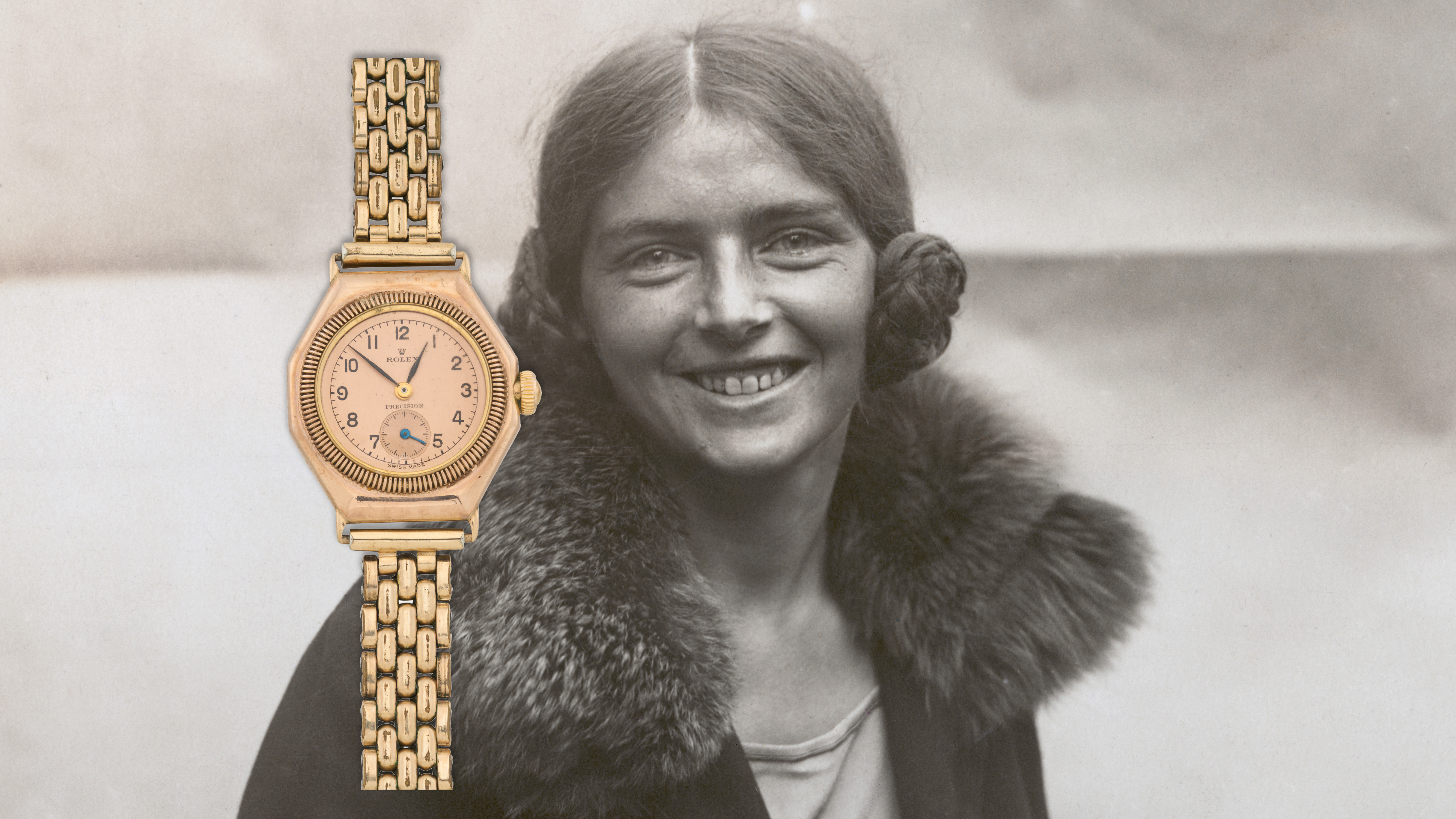

An early Rolex Oyster — arguably the most famous watch in Rolex history — is to be auctioned off by Sotherby’s in Geneva, Switzerland, this November. The timepiece, which was worn by pioneering cross-Channel swimmer Mercedes Gleitze, in 1927, is estimated to fetch more than CHF1 million (about £940,000).
The watch, encased in nine-carat yellow gold on a matching bracelet, holds a significant place in watchmaking history. Not only did it popularise the idea of water-resistant watches, it paved the way for celebrity marketing.
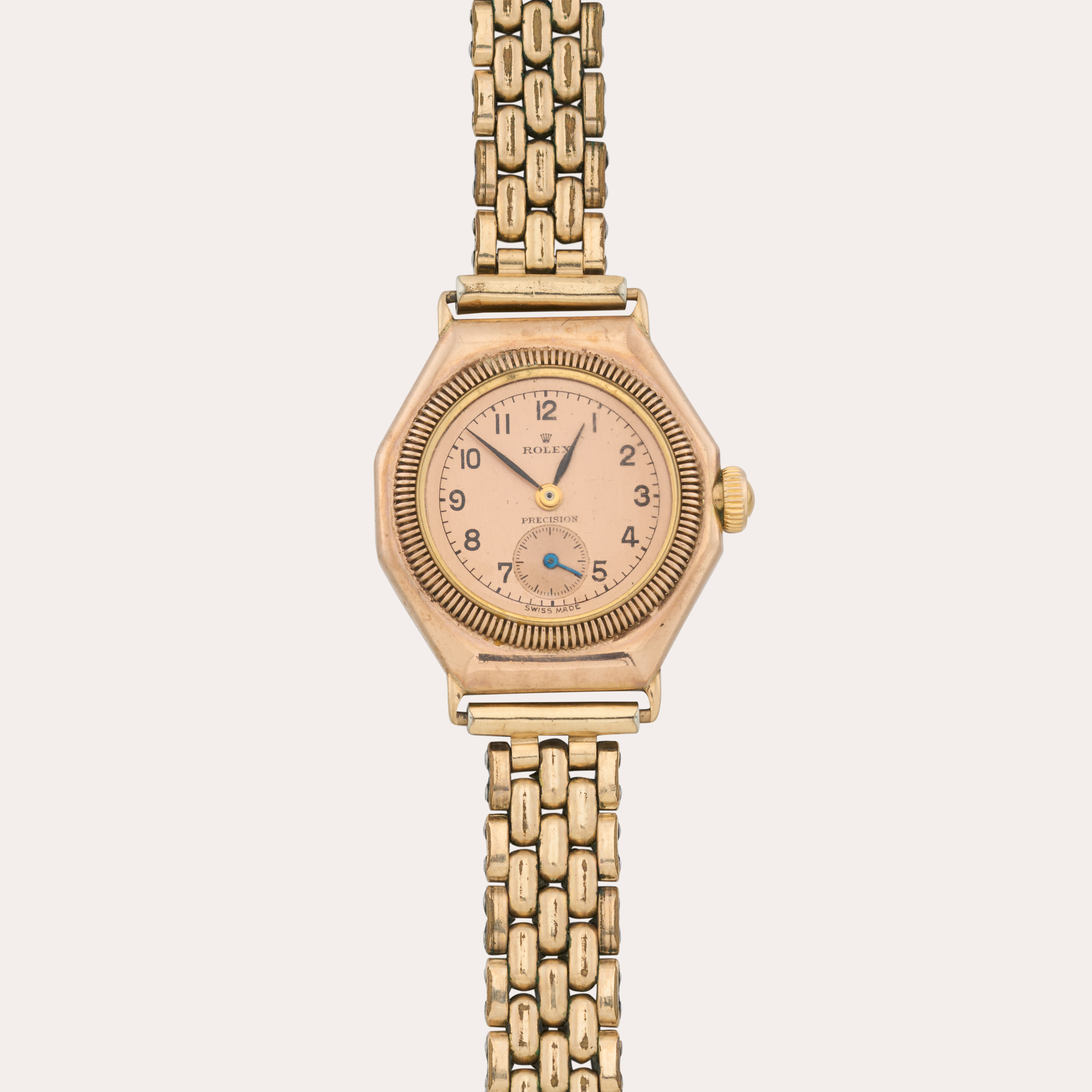
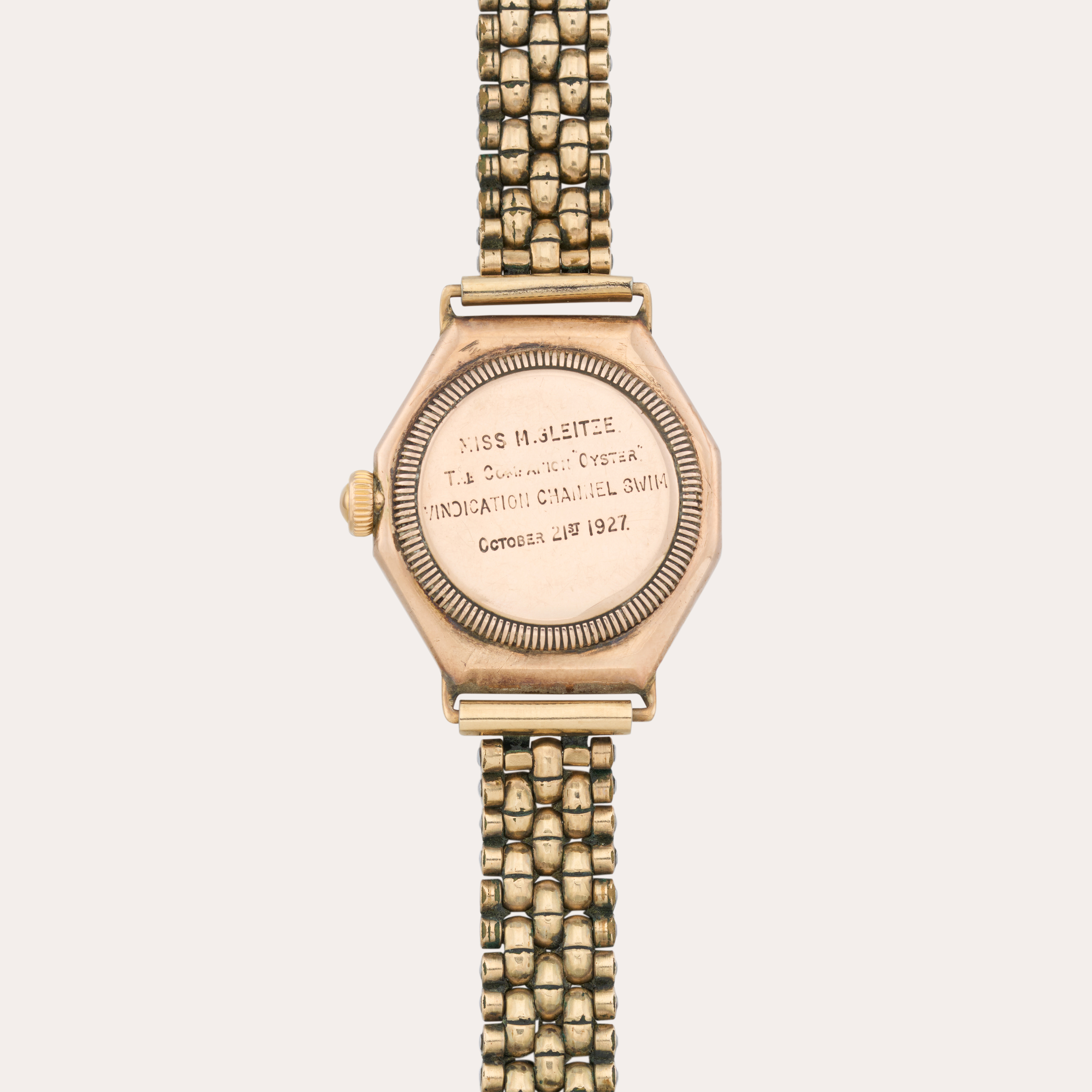
Mercedes Gleitze (1900-1981) was a British endurance swimmer, and in October 1927 became the first British woman to swim across the English Channel. Her affiliation with Rolex began following media pressure forced her to attempt a second crossing — after another woman claimed to have completed the feat in quicker time (the claim was later discovered to be a hoax). Unfortunately, cold temperatures meant that Gleitze did not complete the second crossing, but it cemented her reputation and that of the watch on her wrist.
In 1926, Rolex patented the Oyster case, purporting that it was the first truly water-resistant model (other brands had managed to do exactly the same, via different methods). And in the same year, founder Hans Wilsdorf jumped at the opportunity to market its hardiness by associating it with Gleitze’s ‘Vindication Swim’.
Gleitze’s relationship with Rolex continued after the event and she became the brand’s first ‘sporting ambassador’ — an almost ubiquitous title in the horological world today. The partnership is an outstanding example of Wilsdorf’s knack for marketing. As expert collector and author James Dowling notes in his new book The Rolex Legacy: ‘Like Rolex, Gleitze was an outsider, but she was also an individualist who created her own publicity and nurtured her fame carefully… [She] was a natural fit for Rolex. Not only were her many swims great publicity for the Oyster, but there was the undoubted additional advantage of the fact that she was both attractive and happy to pose in her swimsuit. This perhaps explains why there were more front page images of Mercedes in US newspapers than of Babe Ruth, when both were at the height of their careers. Whenever she was mentioned, Rolex would try to have an advertisement nearby.’
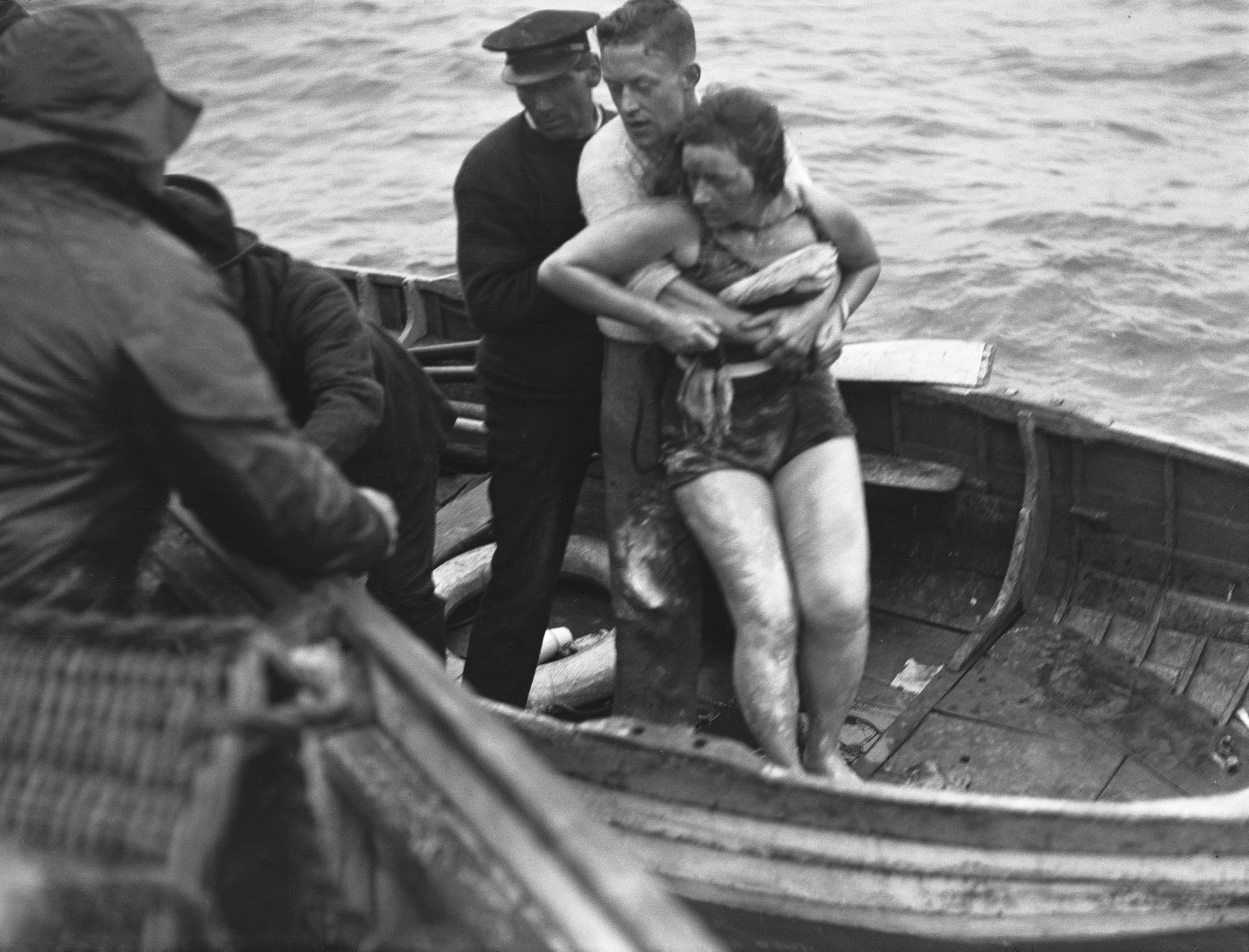
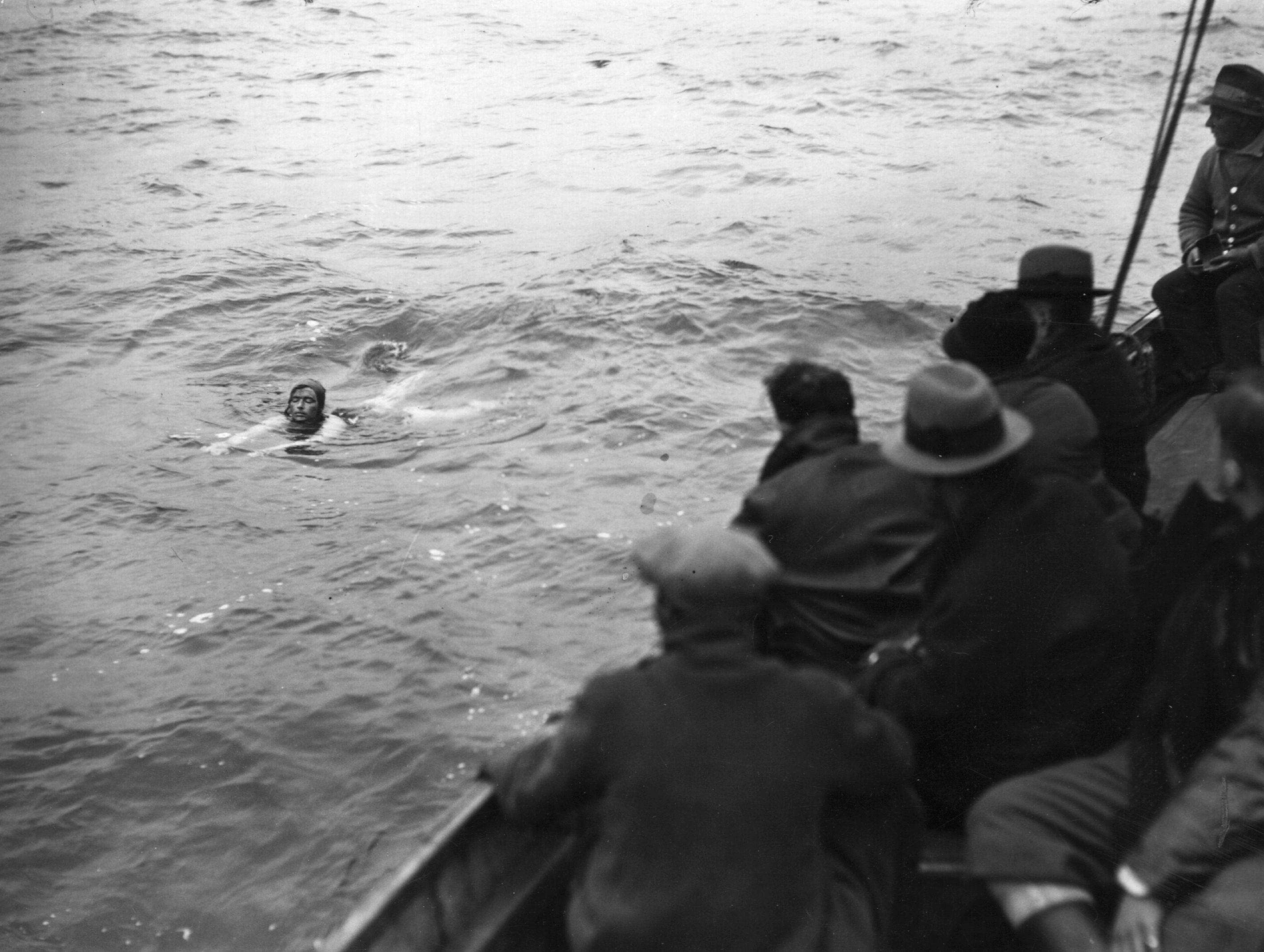

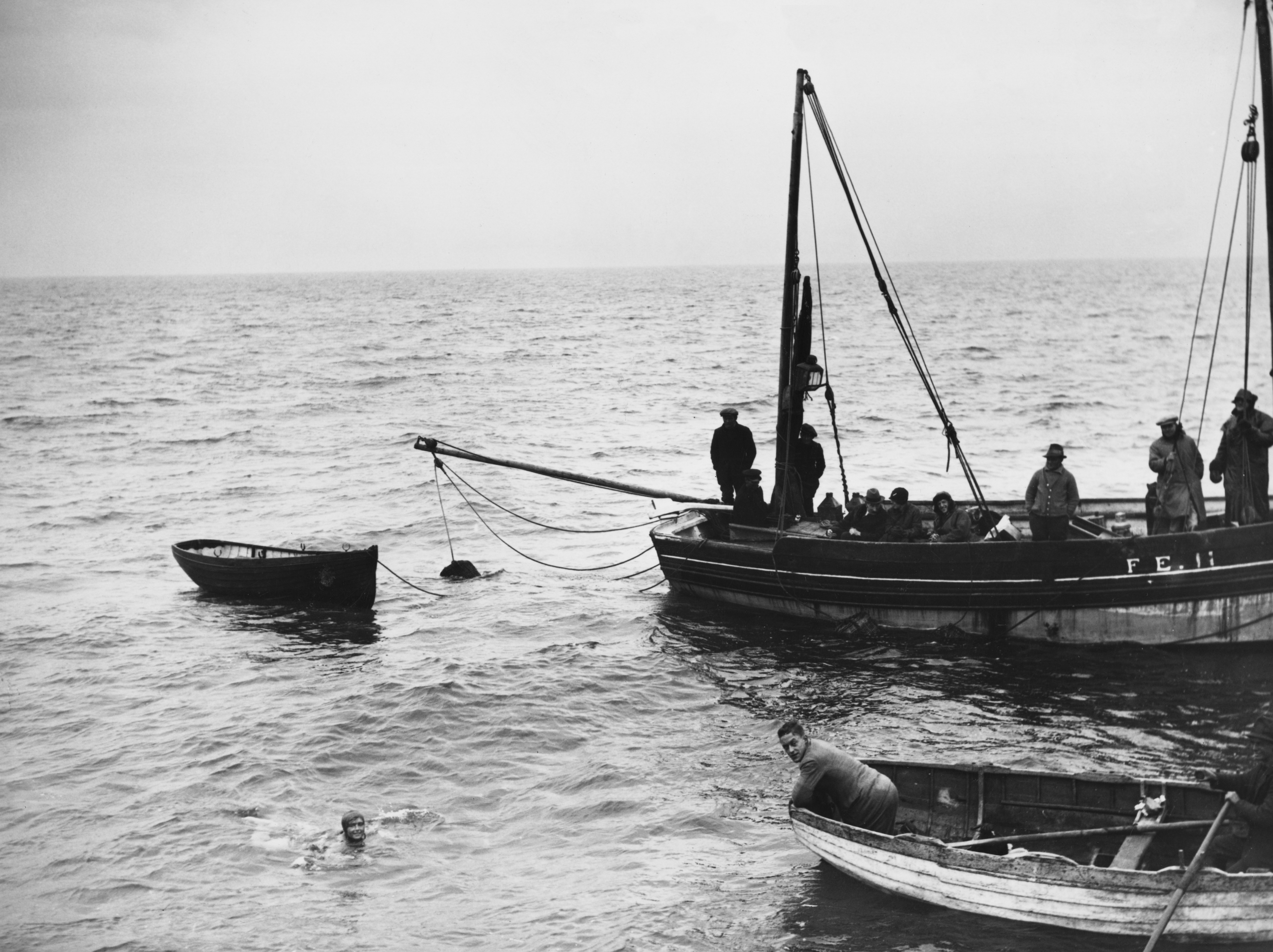
In a letter to Rolex the week after her ‘Vindication Swim’, Gleitze wrote: ‘You will like to hear that the Rolex Oyster watch I carried on my Channel swim proved itself a reliable and accurate timekeeping companion even though it was subjected to complete immersion for 10h24 hours in sea water at a temp of not more than 58 and often as low as 51. This is to say nothing about the sustained buffeting it must have received. Not even the quick change to the high temp of the boat cabin when I was lifted from the water seemed to affect the even tenour of its movement. The newspaper man was astonished and I, of course, am delighted with it.’
Sam Hines, Sotheby’s global chairman for watches, describes the moment as ‘a turning point for Rolex. From that moment forward, Rolex aligned itself with the pursuits of adventurers, athletes and professionals operating in the most demanding environments on Earth.’
Exquisite houses, the beauty of Nature, and how to get the most from your life, straight to your inbox.
The Oyster, which has been cosmetically altered since Gleitze’s swim, most likely during servicing by Rolex, last sold at Christie’s in 2000. It sold for £17,037, meaning that if it meets its estimate in November it will have increased in value by a factor of 55 times. For more information, visit the Sotheby's website.
Chris Hall is a freelance writer and editor specialising in watches and luxury. Formerly Senior Watch Editor for Mr Porter, his work has been published in the New York Times, Financial Times, Esquire, Wired, Wallpaper* and many other titles. He is also the founder of The Fourth Wheel, a weekly newsletter dedicated to the world of watches.
-
 A Georgian farmhouse that's an 'absolute gem' in an ancient village on Salisbury Plain
A Georgian farmhouse that's an 'absolute gem' in an ancient village on Salisbury PlainJulie Harding takes a look at the beautiful West Farm in a gorgeous Wiltshire village.
-
 Can you guess the landmark from its gingerbread copy cat? Take our quiz
Can you guess the landmark from its gingerbread copy cat? Take our quizToday's quiz takes a detailed look at the gingerbread works on display at London's The Gingerbread City — and asks if you can guess which iconic landmark they are.
-
 Sweet civilisation: What do you get when you ask architects to compete in a gingerbread competition?
Sweet civilisation: What do you get when you ask architects to compete in a gingerbread competition?The Gingerbread City is back in London’s Kings Cross. Lotte Brundle pays it a visit.
-
 Sophia Money-Coutts: A snob's guide to meeting your in-laws for the first time
Sophia Money-Coutts: A snob's guide to meeting your in-laws for the first timeThere's little more daunting than meeting your (future) in-laws for the first time. Here's how to make the right kind of impression.
-
 This machine is what happens when the Rolls-Royce of motorbikes and the most innovative of watchmakers join forces
This machine is what happens when the Rolls-Royce of motorbikes and the most innovative of watchmakers join forcesBrough Superior and Richard Mille, two brands renowned for perfection, have created something that is exactly that.
-
 ‘Each one is different depending on what mood I’m in, how I'm feeling and how my energy is’ — meet the carver behind Westminster Hall's angel statues
‘Each one is different depending on what mood I’m in, how I'm feeling and how my energy is’ — meet the carver behind Westminster Hall's angel statuesBespoke woodcarver William Barsley makes unique scale replicas of the angels that gaze over Westminster Hall, the oldest part of the palace of Westminster.
-
 If chess is 'the supreme board game', then it deserves to be played on boards like these
If chess is 'the supreme board game', then it deserves to be played on boards like theseChess sets and backgammon boards are a familiar sight on drawing-room tables, but one expert Highland woodworker is refashioning their forms in beautiful new ways.
-
 What is everyone talking about this week: Thanks to modern-day technology, people were far happier in the days when Nero was setting Rome ablaze
What is everyone talking about this week: Thanks to modern-day technology, people were far happier in the days when Nero was setting Rome ablazeWas the ancient world's superior happiness down to its ‘superior production of art’?
-
 A slick looking off-roader that's a far cry from its rustic rural roots — Volvo EX30 Cross Country
A slick looking off-roader that's a far cry from its rustic rural roots — Volvo EX30 Cross CountryThe latest iteration of Volvo's Cross Country is flashy, fast and stylish. But is that what a Volvo Cross Country is supposed to be?
-
 ‘I cannot bring myself to believe that Emily Brontë would be turning over in her grave at the idea of Jacob Elordi tightening breathless Barbie’s corset’: In defence of radical adaptations
‘I cannot bring myself to believe that Emily Brontë would be turning over in her grave at the idea of Jacob Elordi tightening breathless Barbie’s corset’: In defence of radical adaptationsA trailer for the upcoming adaptation of 'Wuthering Heights' has left half of Britain clutching their pearls. What's the fuss, questions Laura Kay, who argues in defence of radical adaptations of classic literature.
